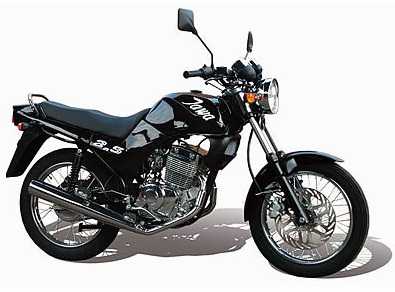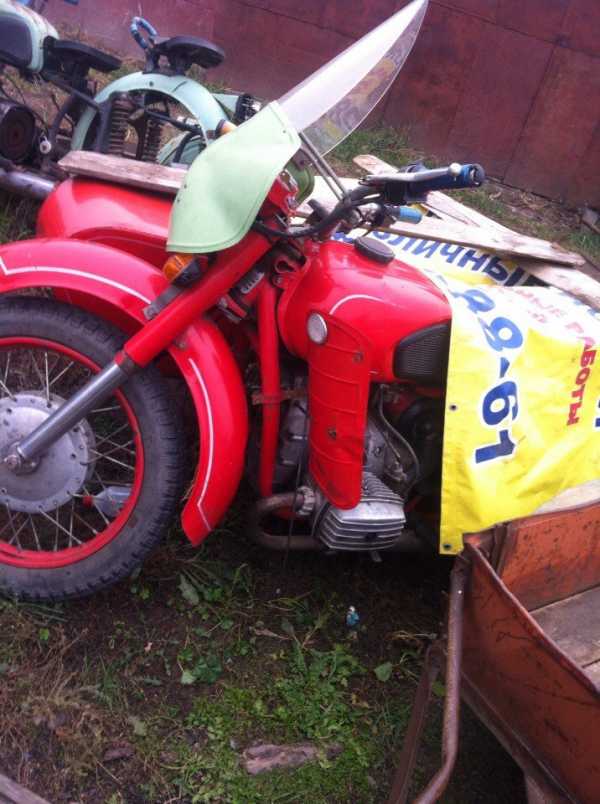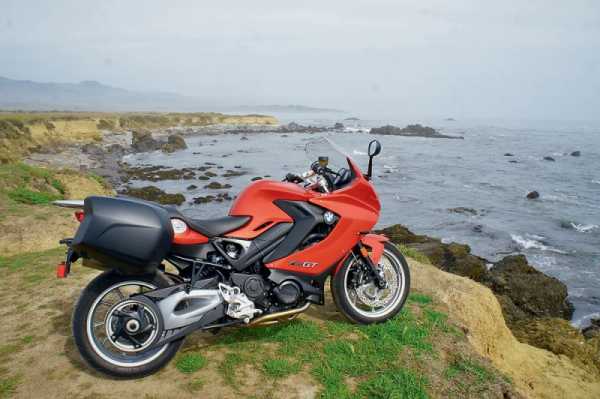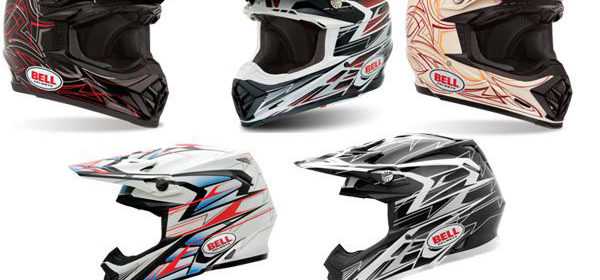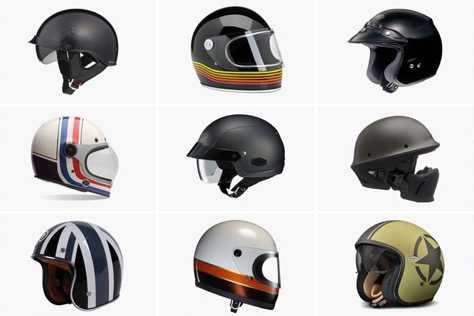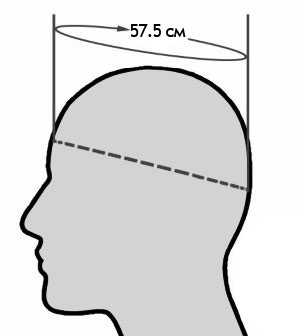EUROTEX BULLET150. Bullet 150 мотоцикл
EUROTEX BULLET150 | STELSmoto
BULLET 150EUROTEX BULLET150 дорожный мотоцикл с габаритными размерами 2040-710-1070 мм установлен 4-х тактный двигатель объемом 150 куб см мощностью 13 л.с. Алюминиевые диски 18R с дисковыми спереди и барабанными сзади тормозами. Сигнализация с автозапуском . Вес мотоцикла 110 кг. Объем топливного бака 8.5 л .
<<<ОЦЕНКА BULLET 150 >>>
[Всего голосов: 5 Средний: 4/5]| ОБЪЕМ см³ | 150 куб.см |
| МАКСИМАЛЬНАЯ МОЩНОСТЬ | 13 л.с |
| ТОПЛИВНЫЙ БАК | 8.5 л |
| ПЕРЕДНЯЯ ПОДВЕСКА | ТЕЛЕСКОПИЧЕСКАЯ ВИЛКА |
| ЗАДНЯЯ ПОДВЕСКА | МАЯТНИК ОБЪЕДИНЕН С РАМОЙ 2-МЯ АМОРТИЗАТОРАМИ |
| ПЕРЕДНИЙ ТОРМОЗ | ДИСКОВЫЙ. ГИДРАВЛИЧЕСКИЙ |
| ЗАДНИЙ ТОРМОЗ | БАРАБАННЫЙ.МЕХАНИЧЕСКИЙ |
| РАЗМЕР ПЕРЕДНЕЙ ШИНЫ | 2.75-18 |
| РАЗМЕР ЗАДНЕЙ ШИНЫ | 3.00-18 |
| МАССА кг | 110 КГ |
| МАСЛО В ДВИГАТЕЛЬ | 4-Х ТАКТНОЕ |
предыдущая>>>
stelsmotomag.ru
Мотоцикл Eurotex Bullet, - подробное описание!
Технические характеристики
| Размеры и масса | |
| Полная высота | 1070 |
| Полная длина | 2040 |
| Полная ширина | 710 |
| Размер заднего колеса | 3,25 - R18 |
| Размер переднего колеса | 2,75 - R18 |
| Двигатель | |
| Крутящий момент при оборотах | 4000 |
| Мощность при оборотах | 8000 |
| Система охлаждения | воздушная |
| Мощность двигателя (л.с.) | 13 |
| Крутящий момент (Нм) | 10.8 |
| Число тактов | 1 |
| Число цилиндров | 1 |
| Трансмиссия | |
| Тип привода | Цепь |
| Динамика и экономичность | |
| Объем бензобака | 150 |
| Ходовая часть | |
| Задние тормоза | Барабанные |
| Передние тормоза | Однодисковые |
| Тип подвески заднего колеса | Маятниковая, с двумя амортизаторами |
| Тип подвески переднего колеса | Телескопическая вилка |
| Тип рамы | Стальная трубчатая |
| Основные характеристики | |
| Год выпуска (г.) | 2018 г. |
| Тип модели техники | Bullet |
universalmotors.ru
Мотоцикл Eurotex Bullet 150
A pressure vessel is a container designed to hold gases or liquids at a pressure substantially different from the ambient pressure.
The pressure differential is dangerous, and fatal accidents have occurred in the history of pressure vessel development and operation. Consequently, pressure vessel design, manufacture, and operation are regulated by engineering authorities backed by legislation. For these reasons, the definition of a pressure vessel varies from country to country, but involves parameters such as maximum safe operating pressure and temperature, and are engineered with a safety factor, corrosion allowance, minimum design temperature (for brittle fracture), and involve nondestructive testing, such as ultrasonic testing, radiography, and pressure tests, usually involving water, also known as a hydrotest, but could be pneumatically tested involving air or another gas. The preferred test is hydrostatic testing because it's a much safer method of testing as it releases much less energy if fracture were to occur (water does not rapidly increase its volume while rapid depressurization occurs, unlike gases like air, i.e. gasses fail explosively). In the United States, as with many other countries, it is the law that vessels over a certain size and pressure (15 PSIg) be built to Code, in the United States that Code is the ASME Boiler and Pressure Vessel Code (BPVC), these vessels also require an Authorized Inspector to sign off on every new vessel constructed and each vessel has a nameplate with pertinent information about the vessel such as maximum allowable working pressure, maximum temperature, minimum design metal temperature, what company manufactured it, the date, it's registration number (through the National Board), and ASME's official stamp for pressure vessels (U-stamp), making the vessel traceable and officially an ASME Code vessel.
ru.wn.com




